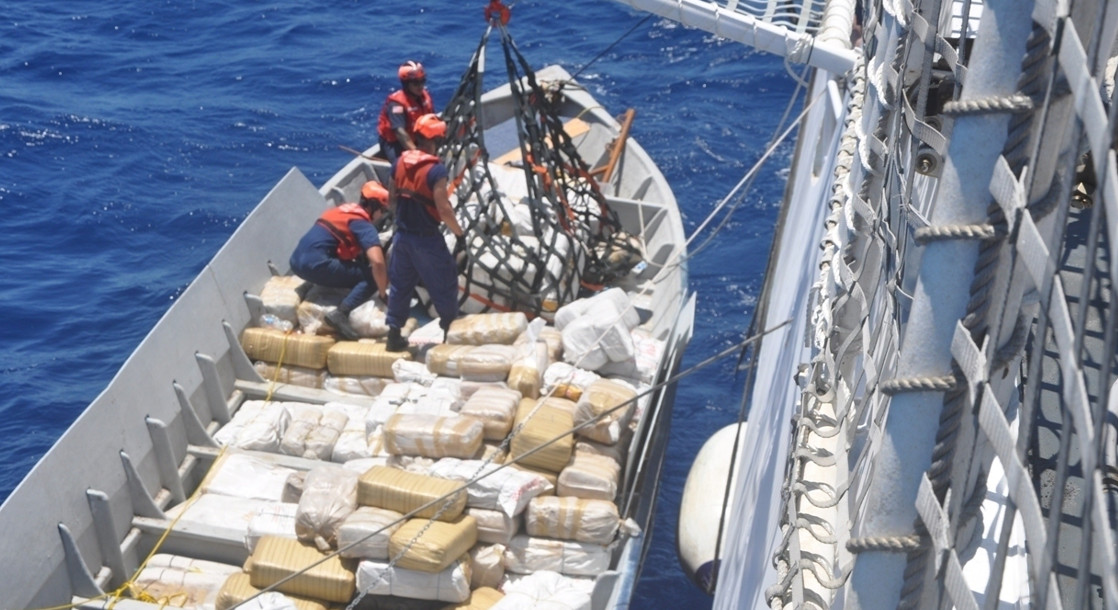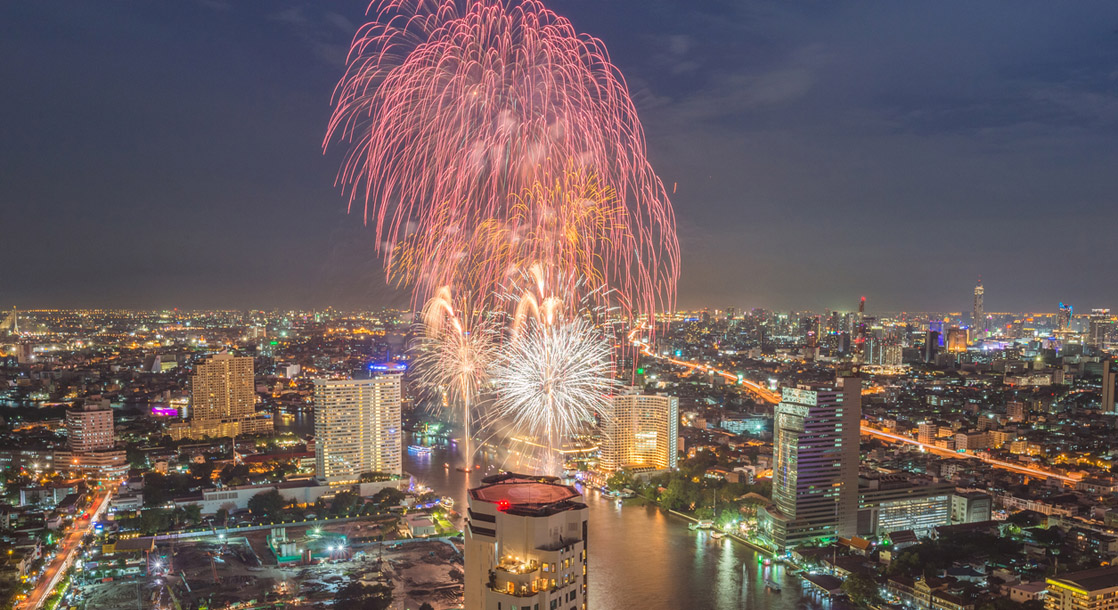In his most recent attempts to gain funding and support for his proposed Mexican border wall, President Trump has claimed that the wall will hinder drug cartels from importing illegal drugs into the country. “You need the wall for the drugs,” Trump said at a press conference last week. “The drugs are a tremendous problem. The wall will greatly help with the drug problem.”
However, an intelligence report prepared by the DEA earlier this year casts doubt on the effectiveness of a border wall on fighting drug smuggling. The report states that drugs coming from Mexico are usually concealed in vehicles that enter the country via border crossings, and that drugs from Colombia and other countries arrive via planes and boats, bypassing the border entirely.
Cartels “generally route larger drug shipments destined for the Northeast through the Bahamas and/or South Florida by using a variety of maritime conveyance methods, to include speedboats, fishing vessels, sailboats, yachts, and containerized sea cargo,” according to the report. “In some cases, Dominican Republic-based traffickers will also transport cocaine into Haiti for subsequent shipment to the United States via the Bahamas and/or South Florida corridor using maritime and air transport.”
“According to DEA reporting, the majority of the heroin available in New Jersey originates in Colombia and is primarily smuggled into the United States by Colombian and Dominican groups via human couriers on commercial flights to the Newark International Airport,” the report continues. The DEA also notes that “although Mexican traffickers may threaten their dominance in future decades, Dominican traffickers continue to position themselves to remain a significant element of the regional drug trade regardless of their extent of influence or role.”
“As key distributors of heroin, controlled prescription pills, and fentanyl—in their various forms—Dominican traffickers play a critical role in fomenting the national opioid epidemic, specifically in the Northeast,” the intel report reads. This influx of illegal opiates also avoids the border crossing with Mexico, as Dominican drug traffickers send these drugs “directly to the Northeast, mainly through the U.S. postal system, parcel mail service, and couriers on commercial flights.”
Based on this information, the most likely solution to the drug trafficking problem would be to focus attention on air and sea-based trafficking, not building a border wall. This April, Coast Guard Commandant Paul Zukunft said that his agency does not even have enough funding to stop all of the drug traffickers that it discovers.
“We have an awareness of over 80 percent of the maritime flow of drugs in the Eastern Pacific where most of it takes place, but also in the Caribbean,” Zukunft said. “But last year, with all of that awareness, there were 580 events that we had at least one level of information on that we just did not have enough ships or enough planes to track those down.”











